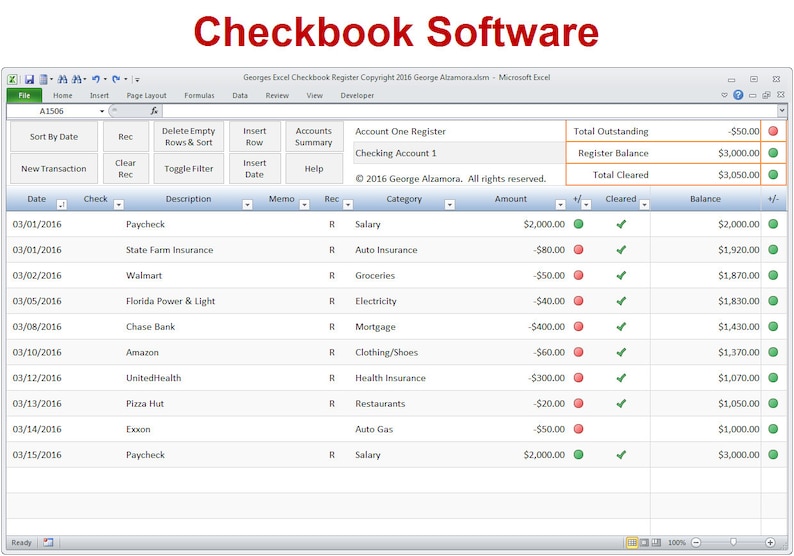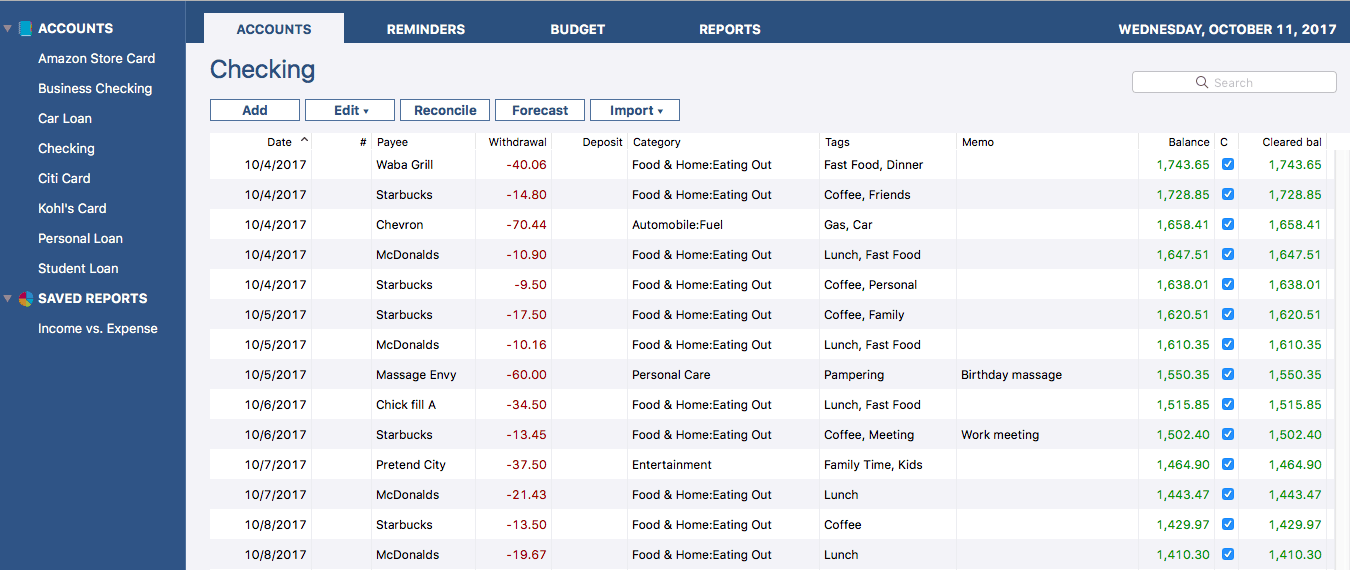
- OPEN SOURCE CHECKBOOK SOFTWARE PATCH
- OPEN SOURCE CHECKBOOK SOFTWARE SOFTWARE
- OPEN SOURCE CHECKBOOK SOFTWARE CODE
- OPEN SOURCE CHECKBOOK SOFTWARE LICENSE
- OPEN SOURCE CHECKBOOK SOFTWARE DOWNLOAD
This represents a significant increase of 55% compared to the previous year. To complicate matters, as governments worldwide continue to push for investments in EV charging infrastructures, the number of charging stations is expected to increase dramatically in the coming years.Īccording to the International Energy Agency (IEA), there were more than 2.7 million charging stations globally in 2022.
OPEN SOURCE CHECKBOOK SOFTWARE SOFTWARE
Why then are organizations sold on enterprise open source? IT respondents cite better security (32 per cent), higher software quality (32 per cent), the ability to utilize open source technology safely (28 per cent), and that it's designed to work in the cloud (26 per cent).īut if there's anything in this report to warm the heart of Red Hat and like-minder sellers of enterprise open source it's that price is no longer among the top reasons enterprise IT leaders cite for using enterprise open source in fact, lower total cost of ownership now sits near the bottom of the list of perceived benefits, in ninth place.Increasing EV range alone won’t fix the issue battery charging curves, the complex charging service provider landscape and busy holiday travel weekends generate issues of their own. "While you can't offload everything about your IT infrastructure, an enterprise open source vendor can do a lot of the heavy lifting for you, allowing you to focus on the software that is unique to your business," Haff said.
OPEN SOURCE CHECKBOOK SOFTWARE DOWNLOAD
In an email to The Register, a Red Hat spokesperson said companies can make their skills shortage worse if they simply download community-supported open source and try to integrate and support it on their own.
OPEN SOURCE CHECKBOOK SOFTWARE CODE
These include: concerns about support (36 per cent) concerns about compatibility (33 per cent) concerns about code security (32 per cent) and lack of internal skills to manage and support everything. More broadly, there are worries about potential barriers to adoption of enterprise open source.

About 33 per cent say they don't have any applications to containerize, and 29 per cent say they just don't have the time. Another 39 per cent say they don't have the development staff or resources to further containerize. For 43 percent, lack of skills hinders adoption. Kubernetes figures prominently in enterprise open source, with 70 per cent of IT leaders saying they use the container tech and about a third saying they think they'll use more of it in the next 12 months.Įnterprises, however, face obstacles that prevent them from consuming more containers. These consist of things like AI/ML, edge computing/IoT, containers, and serverless, which are currently being used by 71 per cent, 71 per cent, 68 per cent and 61 per cent of respondent organizations, respectively.Ĭurrently, organizations say they're using enterprise open source for IT infrastructure modernization (62 per cent), digital transformation (54 per cent), application development (52 per cent), and application modernization (48 per cent). Some 80 per cent of IT leaders surveyed foresee increasing their usage of open source for emerging technologies.
OPEN SOURCE CHECKBOOK SOFTWARE PATCH
After that, it's that "security-patches are well-documented" (52 per cent), prompt patch availability (51 per cent), the number of eyes on the code (44 per cent) and the opportunity to audit the code (38 per cent). Rather, at least for those surveyed, the major security selling point is the ability to "use well-tested open-source code for our in-house applications" (55 per cent).

The most commonly cited security benefits, however, are not that bugs are arguably more visible in open source code or that open source code can be easily audited. Haff, a technology advocate at Red Hat, writes that anyone familiar with the IT industry should recognize that this is a shift from a decade ago when open source software prompted more concern than proprietary apps. Those answering Red Hat's survey see security as a benefit of open source, with 89 per cent saying open source software is "as secure or more secure" when compared to proprietary code.

OPEN SOURCE CHECKBOOK SOFTWARE LICENSE
Don't plan on claiming the cost of your enterprise license agreement as a charitable contribution, however.


 0 kommentar(er)
0 kommentar(er)
